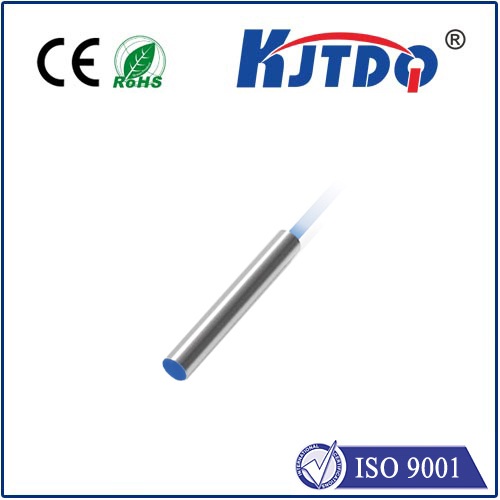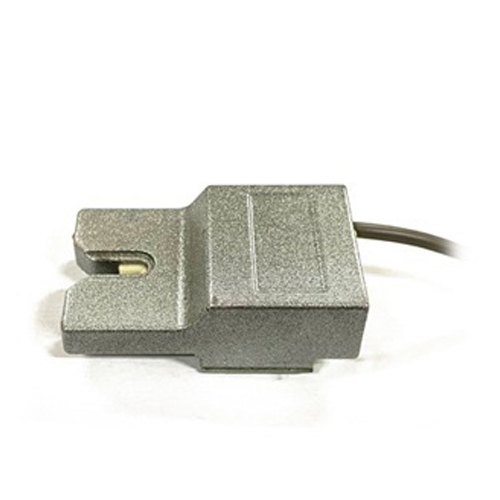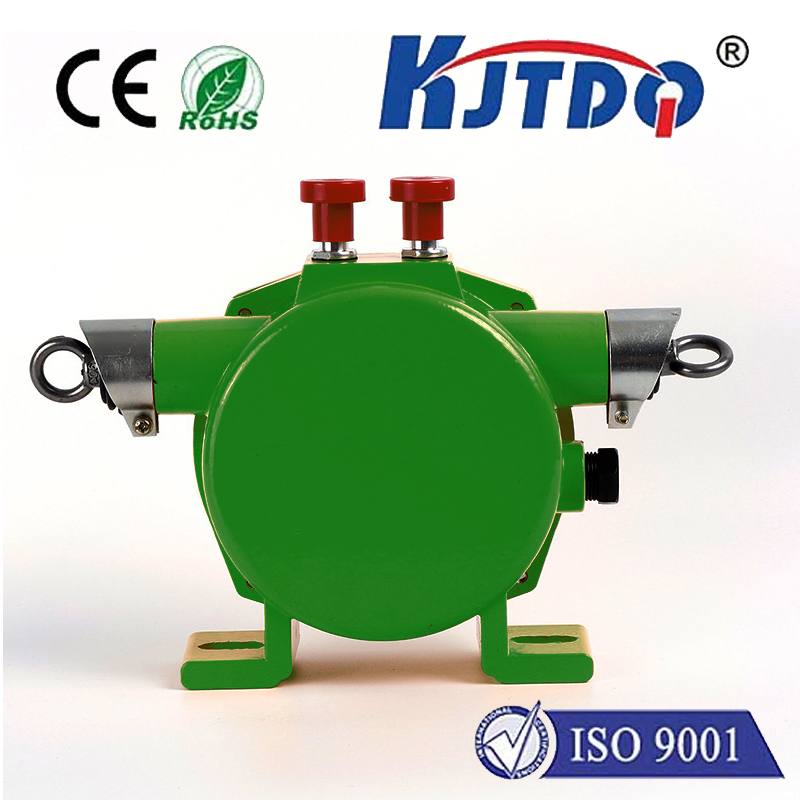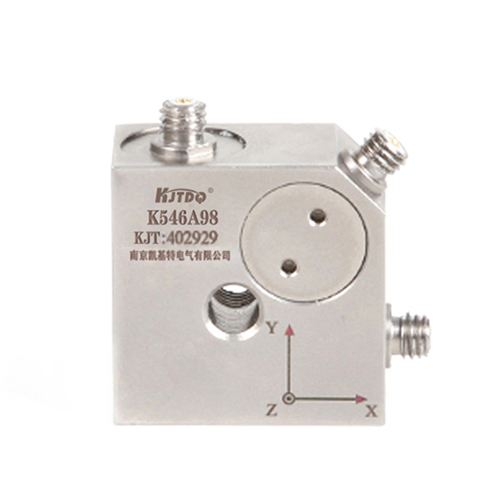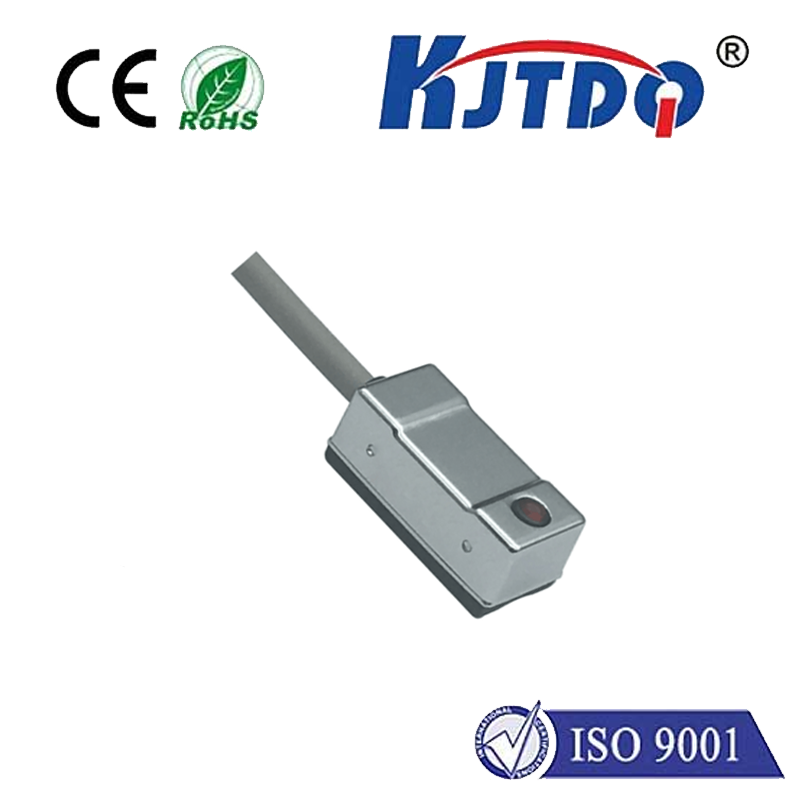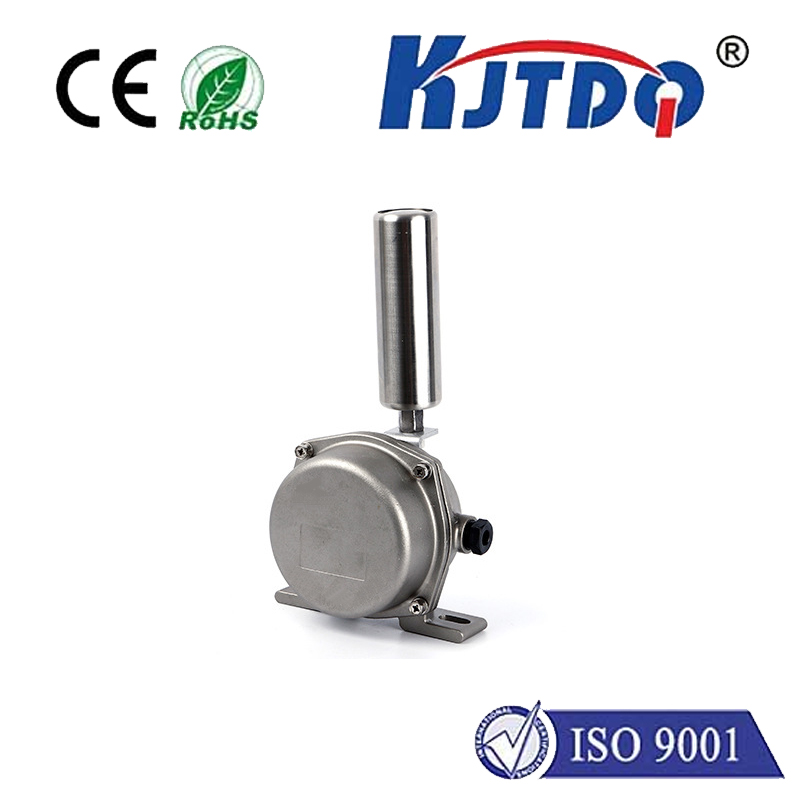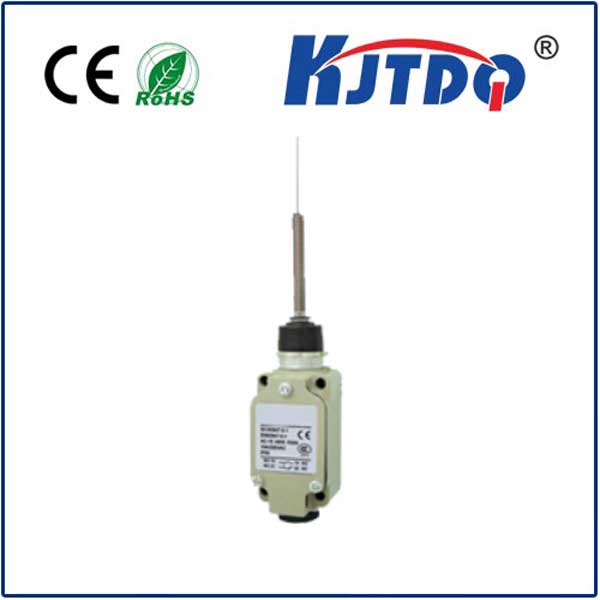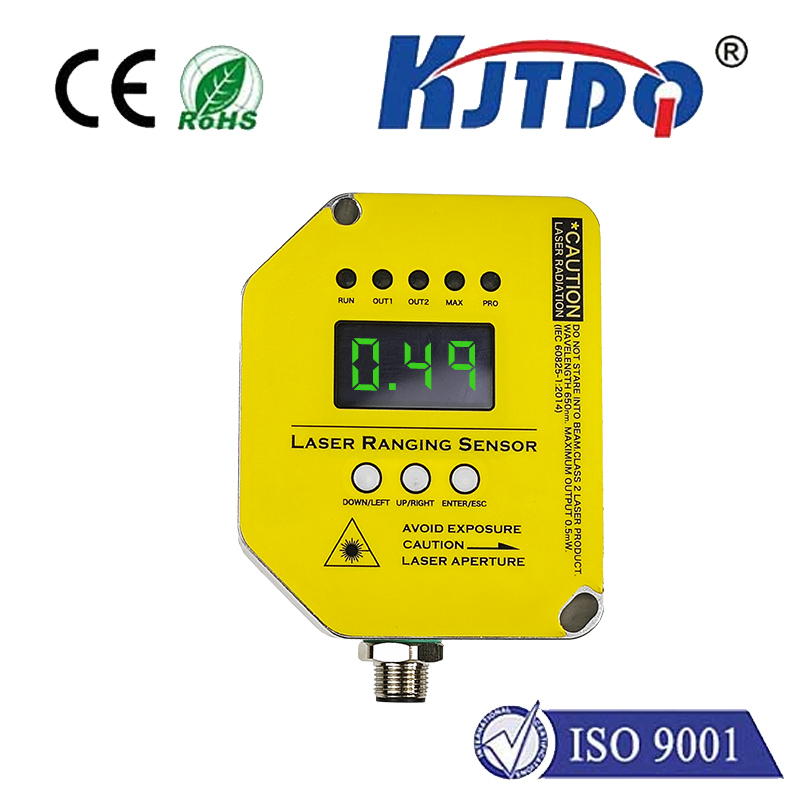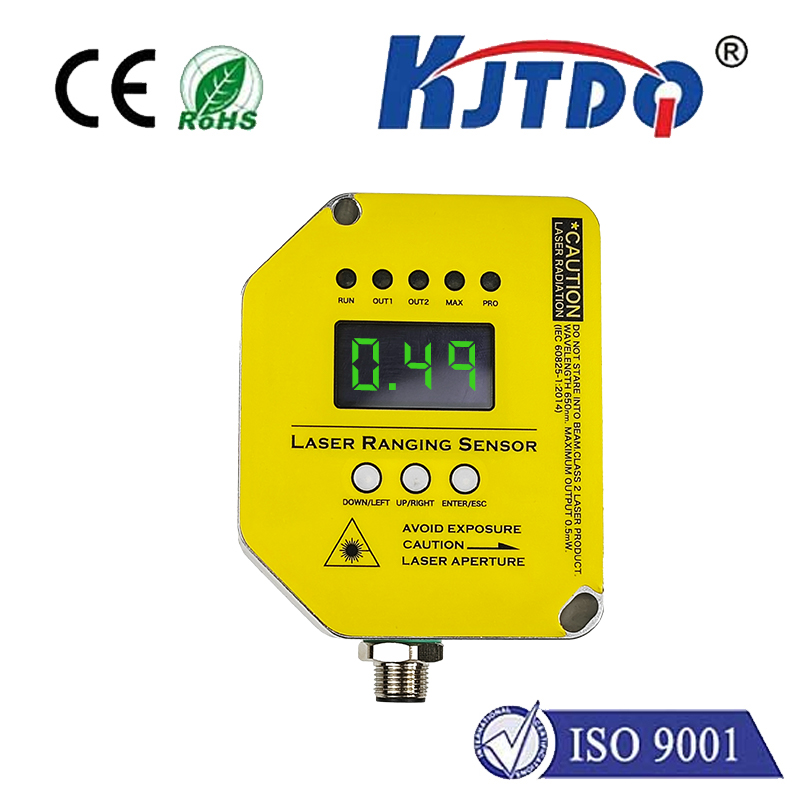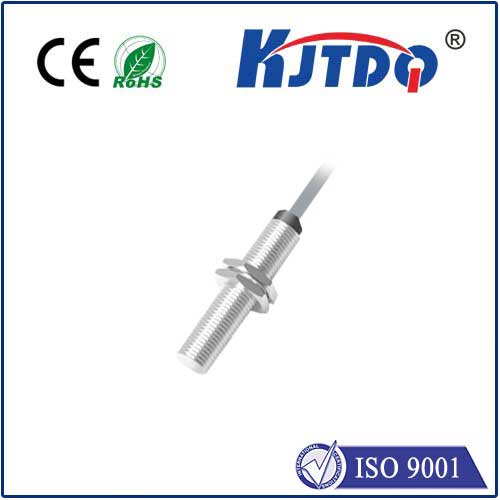laser auto focus sensor
- time:2025-08-29 04:29:53
- Click:0
Beyond the Blur: How Laser Auto Focus Sensors Achieve Pinpoint Precision
Ever tried taking a photo of a fast-moving pet indoors, only to be rewarded with a frustratingly blurry mess? Or struggled with your smartphone camera hunting endlessly for focus in dimly lit environments? These common frustrations highlight the critical challenge of achieving sharp focus quickly and reliably. Enter the laser auto focus (AF) sensor – a technological marvel transforming speed and accuracy in countless imaging applications.
While traditional contrast-detection and phase-detection AF systems rely on analyzing light patterns through the lens, laser AF sensors operate on an entirely different principle, offering distinct advantages, particularly in challenging conditions. Understanding how this tiny yet powerful component works reveals why it’s become indispensable in modern smartphones, industrial automation, robotics, and beyond.
The Core Principle: Time-of-Flight Measurement
At its heart, a laser auto focus sensor leverages the physics of light travel. Here’s the elegant sequence:

- Laser Emission: The sensor contains an infrared (or sometimes red) laser diode. This emits a precisely controlled, narrow beam of coherent light towards the target subject or scene.
- Reflection: The emitted laser beam strikes the surface of the object you’re trying to focus on.
- Capture & Calculation: Part of the reflected laser light travels back towards the sensor. A dedicated light-sensitive component, often a position-sensitive diode (PSD) or a photodetector, captures this returning beam.
- Time-of-Flight (ToF) Analysis: This is the crucial step. The sensor measures the exact time taken for the laser pulse to travel to the object and back. Since the speed of light in air is a known constant (approximately 299,792 kilometers per second), calculating the distance to the object becomes a straightforward mathematical exercise:
Distance = (Speed of Light × Time of Flight) / 2 (divided by two because the light travels to and back from the object).
- Lens Adjustment: Armed with this precise distance measurement, the camera system instantly knows exactly how far away the subject is. It then commands the lens motor to move the focusing elements to the exact position required to bring that specific distance point into sharp focus.
Why Laser AF Stands Out: Key Advantages
This direct measurement approach grants laser auto focus sensors significant strengths:
- Lightning-Fast Focusing: By directly measuring distance, laser AF bypasses the time-consuming “hunting” inherent in systems that rely on analyzing image contrast or phase differences through trial and error. Focus acquisition often happens in fractions of a second.
- Superior Low-Light Performance: Since laser AF creates its own light source, it functions exceptionally well in near-total darkness or very low-contrast scenes where traditional systems struggle or fail completely. The subject doesn’t need to be brightly lit.
- Low-Contrast Target Mastery: Objects with smooth, uniform surfaces lacking strong visual features (like a white wall, a sheet of paper, or a distant fog bank) pose no problem for laser AF. It doesn’t rely on visual texture; it simply measures the distance.
- Enhanced Accuracy: The direct ToF measurement provides a highly accurate distance reading, leading to precise focus placement, especially critical for macro photography or scanning applications.
- Small Subject Advantage: The focused laser spot allows the sensor to accurately measure distance to very small objects that might be missed or averaged out by phase-detection pixels covering a larger area on the sensor.
Where Laser Precision Shines: Applications
Laser auto focus sensors have moved far beyond just smartphones:
- Mobile Photography: Found in many flagship smartphones, providing rapid focus lock and reliable performance in challenging lighting for photos and videos.
- Barcode Scanning: Essential for high-speed, reliable scanning in retail, logistics, and warehouses, functioning accurately regardless of ambient light levels.
- Industrial Automation: Used in robotics for component placement, quality control (measuring distance to surfaces), and object detection on high-speed assembly lines.
- Security & Surveillance: Powers autofocus in security cameras for clear footage day and night, especially when identifying objects at varying distances quickly.
- Drones & Robotics: Enables drones for precise altitude control, landing, and obstacle avoidance. Robots use them for navigation and interacting with objects.
- Medical Devices: Implemented in certain diagnostic imaging equipment and surgical tools where precise depth perception is critical.
- Augmented Reality (AR): Assists in accurately mapping and understanding the depth of the physical environment for AR overlays.
Understanding the Limitations
While powerful, laser AF isn’t a universal panacea:
- Reflective & Transparent Surfaces: Shiny, highly reflective surfaces (like mirrors or polished metal) can scatter the laser beam unpredictably, leading to inaccurate readings. Similarly, transparent surfaces (like glass windows) allow the laser beam to pass through, measuring the distance to whatever is behind them instead. Infrared lasers can also struggle with materials like dark velvet that absorb IR light.
- Range Constraints: The effective range of a typical laser AF sensor is generally limited (often a few meters, though industrial sensors can be longer), making them unsuitable for long-distance focusing like in wildlife photography.
- Line-of-Sight Requirement: The sensor needs a clear path to the target object. Obstructions will prevent accurate distance measurement.
- Cost & Size: While miniaturization has progressed, they can add slightly more cost and complexity compared to pure on-sensor phase detection solutions in cameras.
Beyond Simplicity: The Future of Laser AF
Laser auto focus sensors are continuously evolving. Integration with other technologies like AI and more advanced time-of-flight sensors (providing depth mapping rather than just a single point measurement) is enhancing their capabilities. We can expect to see:
- Hybrid Systems: Even tighter coupling of laser distance data with phase-detection and contrast-detection AF for the ultimate in speed and reliability across all conditions.
- Improved Material Handling: Sensors better equipped to deal with challenging reflective or absorbent surfaces.
- Broader Applications: Expansion into new areas like automotive LiDAR (Light Detection and Ranging), enhanced biometrics (e.g., facial recognition depth sensing), and interactive displays.
The laser auto focus sensor exemplifies how a focused application of physics – measuring the time it takes light to travel – solves a ubiquitous problem. By delivering unparalleled speed and reliability, especially where light is scarce or contrast is low, this technology has quietly become a cornerstone of modern machine vision and personal imaging. It moves focus from guesswork to guaranteed precision, one laser pulse at a time.












